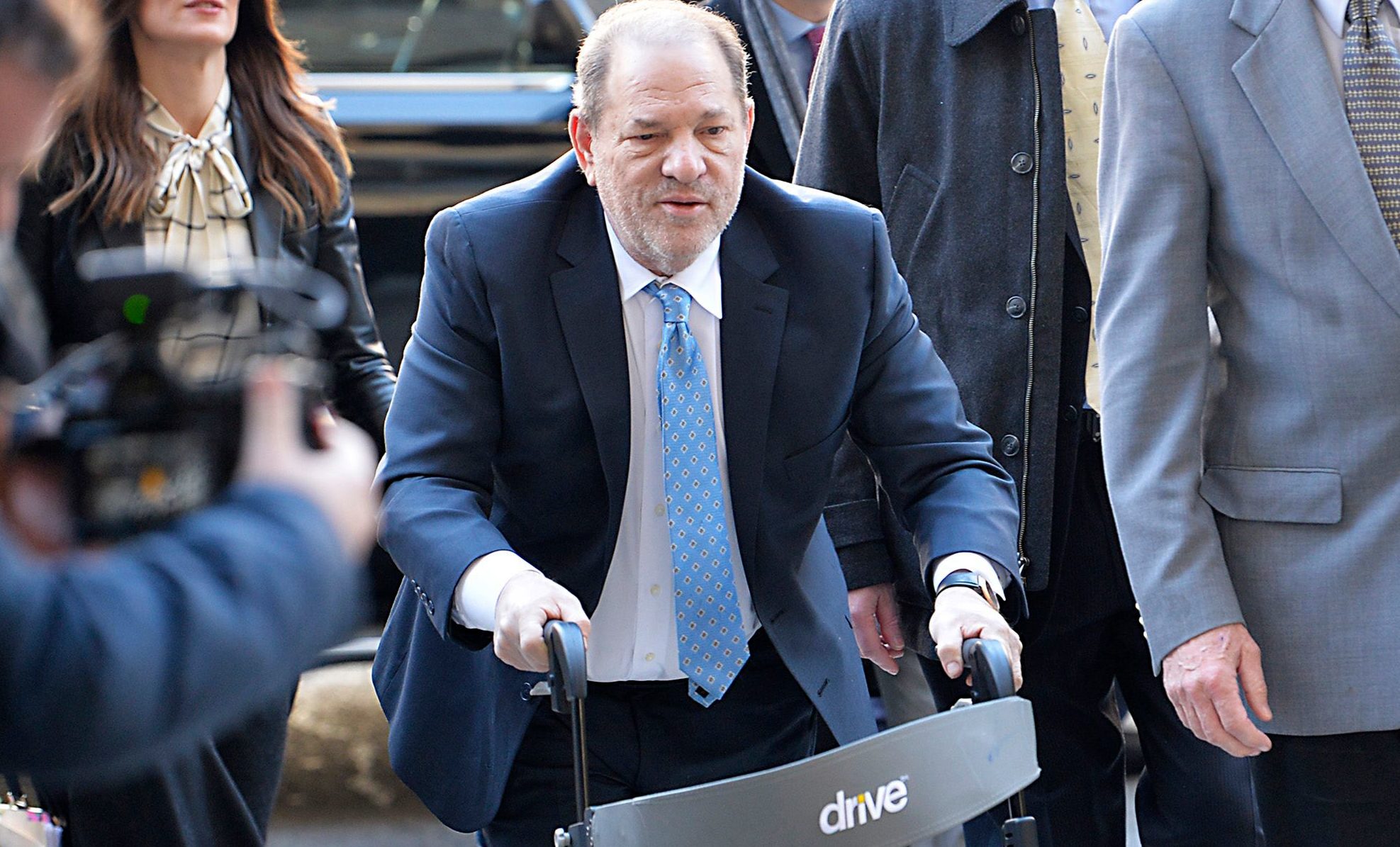The New York Times — one of the media outlets most associated with the #MeToo movement — has highlighted weaknesses in the legal basis for the Harvey Weinstein conviction.
In The Daily podcast, which was released this week, reporters Meghan Twohey and Jodi Kantor concluded from their research that prosecutors were responding to the public outcry and ended up bringing a case that in other circumstances might not have been brought to trial.
Excerpt of their conversation below:
Michael Barbarro: “So Megan what are you thinking as this trial is about to start?”
Megan Twohey: “I’m very curious to know more of the details and if I’m being totally honest, I’m also a little sceptical. The District Attorney in New York had come under intense pressure to charge Weinstein once the story blew up. There had been so much outrage that the DA’s office had failed to bring charges against Weinstein in 2015 when a woman went to the police to report being groped by him that the DA’s office was now under so much pressure that they’d bring charges now before they had a really solid case in hand.”
MB: “So basically, they were responding to public outcry and not necessarily the strongest legal case?”
MT: “Exactly.”
…
MT: “It seems somewhat unusual that prosecutors would bring charges in these cases so we start calling former prosecutors and defence attorneys who say that it is unusual…It’s basically never happens that prosecutors bring charges in these type of circumstances. And as we are reporting, we realise that this prosecution appears to be even more risky than originally thought.”
Jodi Kantor: “And what some of these observers are worried about: is the prosecution meeting the bar for explaining these relationships when you have these complexities in a trial, you have to really own them; you have to acknowledge that this is very complicated and you have to provide a narrative of how a relationship can become so abusive.”
Here are some of the unusual elements about the trial and legal case highlighted by the New York Times reporters:
- The trial centres on the evidence of two victims: Miriam Haley and Jessica Mann. Neither case is a “smoking gun” for the prosecution because Miriam Haley continued a relationship with Weinstein after he sexually assaulted her and had with him sex without resisting two week after.
- Mann’s case, according to Twohey, is “even more complex” because she and Weinstein had a three-year romantic relationship after he sexually assaulted her.
- There are a further three victims who are a kind of pattern witness known as ‘Molineux witnesses’. They are there to inform of the jurors about the defendant’s pattern of behaviour (i.e Weinstein’s abusive behaviour). This is a controversial concept in the law because jurors cannot use their testimonies as the basis for the verdict.
- Another victim is Annabella Sciorra, who plays an unusual role in this trial. She spoke about being violently raped by Weinstein many years ago, but she doesn’t remember everything about it. Her alleged assault was outside of the statute of limitations so the jury cannot convict Weinstein or acquit simply based on her story. However, if the jury believed either Mann or Haley as well as Sciorra, then they would have got to the most serious charges of predatory sexual assault which could have sent Weinstein to prison for life. Weinstein avoided this charge.










Join the discussion
Join like minded readers that support our journalism by becoming a paid subscriber
To join the discussion in the comments, become a paid subscriber.
Join like minded readers that support our journalism, read unlimited articles and enjoy other subscriber-only benefits.
Subscribe